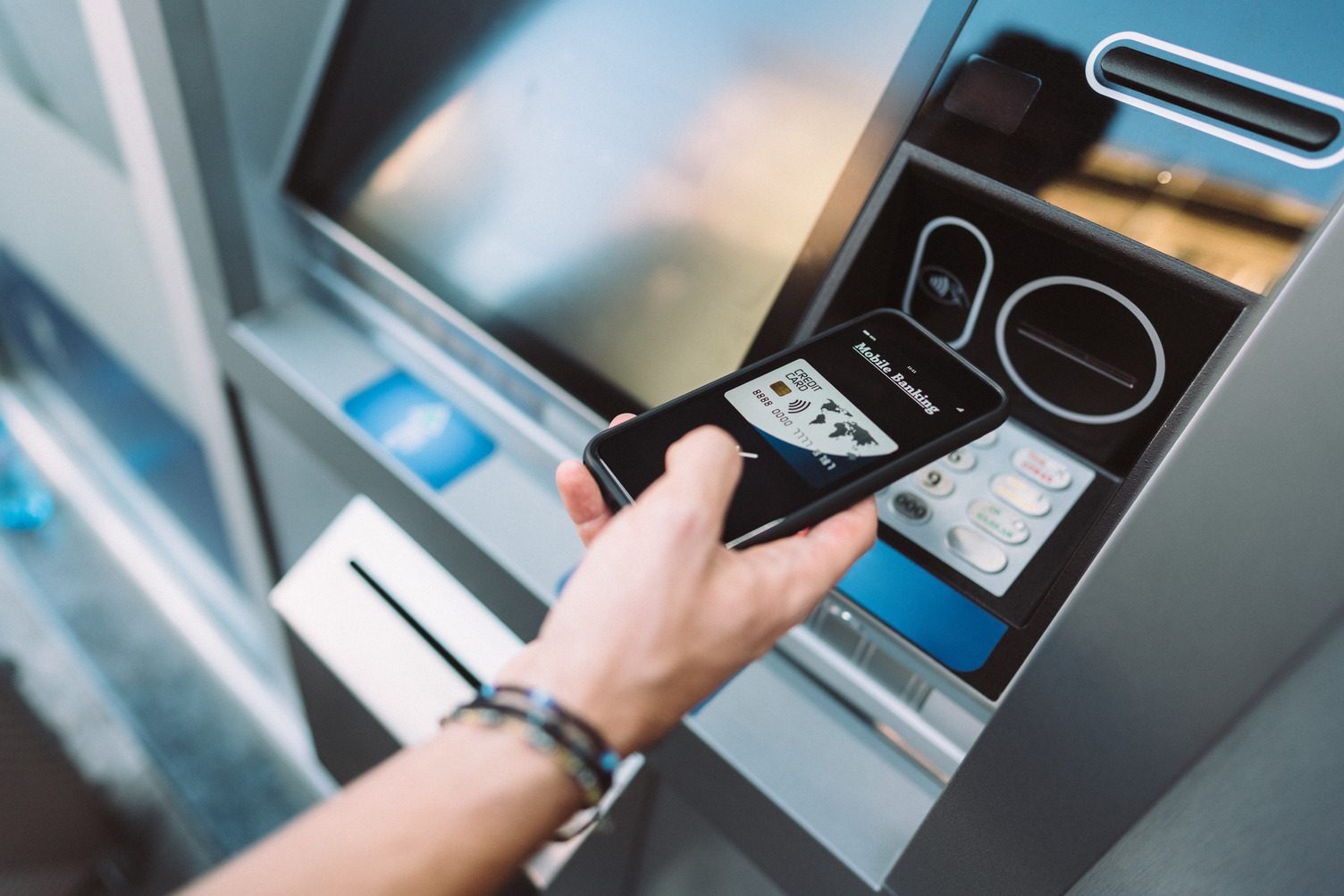
At Experian, we often say our people are our biggest superpower – and today, I’m thrilled to share that this belief has been recognised once again. Experian has been named one of the 2025 World’s Best Workplaces™ by Fortune and Great Place to Work® for the second year in a row.
This achievement reflects the culture we’ve built together – one that’s welcoming, inclusive, and rooted belonging. It’s a celebration of every colleague who brings their whole self to work, who lifts others up, and who powers opportunities for our clients, consumers, and communities.

We’ve made it our mission to create a workplace where everyone feels included, respected, and empowered. That’s why we’re proud to have earned top scores on the Corporate Equality Index and the Disability Equality Index, and to be recognised with the Outie Award for Workplace Excellence and Belonging.
These recognitions matter. But what matters most is how our people experience life at Experian. Whether it’s collaborating, innovating, or growing through world-class development of products, services and contributing to our communities, our culture is designed to help everyone thrive.
We’ve also made bold commitments to career development. Initiatives like Global Careers Week, the AI-driven performance coach Nadia, and the NextGen Forum – a global leadership development programme for emerging talent from across our regions – give our people the resources to take charge of their growth and build a “One Experian” mindset.
Being named one of the World’s Best Workplaces is a moment to celebrate but also a reminder to keep aiming higher. The world of work is evolving fast, and so are we. From embracing AI to enhancing our digital workplace experience, we’ll continue to push forward and listen to our people every step of the way.
Questions we will discuss:
- What does “retirement readiness” mean to you, and how can someone tell when they are financially ready to retire?
- Is there a magic number for retirement savings, and what factors should someone consider when setting a retirement goal?
- How can someone estimate their retirement expenses realistically?
- What are some common myths or misconceptions about how much money you need to retire?
- How should Gen Z, Millennials, and Gen Xers each approach retirement planning differently based on their stage of life?
- What are the biggest obstacles people face when trying to save for retirement, and how can they overcome them?
- How can you balance saving for retirement with paying off debt or supporting family today?
- What tools, calculators, or strategies can help people figure out if they’re on track for retirement?
- How can people prepare for unexpected costs or life changes that could impact their retirement plans?
- What’s one piece of advice you’d give someone just starting—or restarting—their retirement savings journey?
| Columns 1 | Column 2 | Column 3 | Column 4 |
|---|---|---|---|
| Row 1 Col 1 | |||
| Row 2 Col 1 | |||
| Row 3 Col 1 | |||
| Footer 1 | Footer 2 | Footer 3 | Footer 4 |

Credit Chat
Stretching your Dollars: Practical Tips to Cut Costs and Save More
February 5, 2025 3-4 PM ET
- What does “retirement readiness” mean to you, and how can someone tell when they are financially ready to retire?
- Is there a magic number for retirement savings, and what factors should someone consider when setting a retirement goal?
- How can someone estimate their retirement expenses realistically?

Greater transparency in buy now, pay later activity is key to helping consumers build their credit histories and supporting responsible lending. We have members of the military right now right out of high school and there’s not a lot of experience managing their own money. They’re quickly thrust into a place where they don’t have a support system to do that. We have members of the military right now right out of high school and there’s not a lot of experience managing their own money. They’re quickly thrust into a place where they don’t have a support system to do that. We have members of the military right now right out of high school and there’s not a lot of experience managing their own money. They’re quickly thrust into a place where they don’t have a support system to do that. We have members of the military right now right out of high school and there’s not a lot of experience managing their own money. They’re quickly thrust into a place where they don’t have a support system to do that. We have members of the military right now right out of high school and there’s not a lot of experience managing their own money. They’re quickly thrust into a place where they don’t have a support system to do that.
Experian North AmericaScott Brown, Group President, Financial Services

For those of you attending the Money 20/20 show in Las Vegas next week, billed as the largest global event focused on payments and financial services innovation, the topic of millennials will be top of mind. Why? Because the millenials are 75 million strong, even surpassing the Baby Boomers, and the financial services industry knows that future success depends on learning what matters to millennials and building products and services around those desires. This is true for both consumer lending and small business lending for budding entrepreneurs. On Oct. 26 at 11:10, Michele Raneri, Experian’s VP of analytics and authority on millennial credit trends will present “What’s Trending in Lending”. The nutshell version of this presentation is that millenials use credit very differently than any other population segment, even if you compare different population segments (Generation X for example) when they were the same age as millennials now. In addition, Michele will discuss the present and future look of small business owners in this population segment. A SlideShare of the presentation will be posted here next week so you all can see the details. Aside from the credit habits of millenials, what else have we learned? Millenials have different expectations for financial services providers. This includes the authenticity of brands, the expectation for financial education, technology of course, and importantly, brands that connect to a larger purpose. Financial services organizations that develop and innovate based on the millennial wish list can capture the hearts of this population and build long lasting loyalty. If you just can’t get enough on this topic, a webinar, hosted by Michele Raneri, titled "Millennial Credit: The Insights You’ve Been Missing" is on Nov. 10.

I am part of a community that completely energizes me, makes me believe that there are good people in the world and that makes me want to be better. Over the course of four days in September, my co-workers and I were transported into the world of self-proclaimed “money media nerds” at FinCon, the Financial Influencers conference, where people share thoughts, best practices and update one another on the latest trends. FinCon is THE annual event for the financial media community. What FinCon is really about is trying to help people and each other. Whether it’s helping someone understand how to invest, how to plan for retirement, or in Experian’s case, help others understand and learn more about credit and financial empowerment, we are all a part of this education ecosystem. Of course, none of us attending FinCon do this alone. We have our co-workers, our peers and our mentors that help guide us and work alongside with us to work toward a common goal. Personally, I love that the company I work for cares about financial education, cares about consumers and empowers our team to go forth and make those long-lasting connections at FinCon. The energy at FinCon is contagious and you tend to build up a kind of super-human strength that gives you the ability to go without sleep indefinitely and miraculously have meaningful, educational conversations even though your body is on auto-pilot. It’s been a few weeks — I’m caught up on sleep, my feet have healed from the blisters and I’m not on a sugar high from eating a dozen Ally white chocolate covered Oreos — so I thought it would be a good time to give you my top three reasons why I think this year’s FinCon was so fantastic and why we want to do it again and again: The Expo hall rocks: Everyone can learn something from someone else and FinCon is no exception. This place is filled with some very smart people and smart companies. The Expo hall is a great investment for a company that is interested in sharing tools, services and thoughts with the FinCon attendees and as a company. We find a lot of value in setting up a home base for a few days at the conference and it gives people a place to find us. This year’s expo hall was full of energy (and great swag like yoga mats, selfie sticks and cocktail flavored jelly beans to name a few) and we at Experian found it to be the perfect backdrop for recording podcasts with a large number of FinCon experts. We loved helping these bloggers/writers share and deliver their unique content to an even broader audience. I Heart inspiration: You don’t have to look far at FinCon for inspiration. The keynotes, the sessions and even just hallway conversations can spark an idea, create a new passion or give someone the confidence they need to try something new. One guy was even inspired to wear money-print pants. For real. Anyway, the keynotes moved people. Carl Richards reminded me why I love to do what I do and motivated me to be better at it. Grant Baldwin made a huge impact on people by discussing balance for a successful life and how just saying no isn’t as hard as you think. One source of my personal inspiration at FinCon was watching our Social Media Guru, Mike Delgado, constantly drive content via Periscope with our Director of Public Education. They were ”Scoping” from sun up to sun down and it caught on like wildfire. By the end of the conference, everyone was feeling the love for Periscope and viewers were sending hearts in droves. This kind of sharing and helping people, as well as one another, happens so organically at FinCon. Winning isn’t all that matters, but it sure feels good: Part of the FinCon tradition is the Plutus Awards, which is an annual awards ceremony that celebrates the best in personal finance. It was amazing to see so many bloggers recognized for their hustle and run up on the stage to accept their awards. We also couldn’t be happier that Experian was honored with a Plutus Award for Best Use of Social Media by a Brand (for the second year in a row—whoop whoop)! The nomination means so much to Experian as a company, and to be chosen as the award winner is a true honor for us. This is just a small snapshot of what FinCon is every year. There’s so much more. We’re already thinking about next year’s conference in San Diego and are excited to start planning and connecting with our FinCon family. If you want to know more about how to connect with us and join in our weekly conversations with consumers, see the links below: Join our #CreditChat, hosted by @Experian_US on Twitter and Blab.im with financial experts and consumers every Wednesday at 3 p.m. Eastern time. Participate in our daily #CreditScope hosted by @Experian_US on Periscope Mon-Fri. Tune in to our podcasts on SoundCloud and iHeart radio. Visit Experian’s help site for answers to common questions, advice and education about consumer credit Ask credit questions on Experian’s Facebook page at https://facebook.com/ExperianUS and Experian’s Credit Education Blog.

On September 28 in New York City, Experian and Cloudera Cares hosted a panel discussion about how Big Data can be used in a variety of ways as a force of good. The panel included Adam Fingersh, Senior Vice President, Products and Marketing for Experian, Mike Olson, Co-founder, CSO and Chairman of the Board at Cloudera; Board Member at DataKind, Dr. Richard Bonneau, Associate Professor of Biology, Computer Science and Faculty Director of Bioinformatics, New York University; Ph.D. in Biochemistry and Vlad Dubovskiy, Data Scientist, DonorsChoose.org. As part of the discussion, the panelists shared their thoughts about how data is being used to improve the quality of life for people around the world. During the discussion, Fingersh pointed to the impact of Data for Good in the Healthcare space. Highlighting how Experian’s data and technology guides hospitals, physicians and patients step by step through an increasingly complex healthcare process. Specifically, this enables health institutions to validate their patients’ identifications and help determine payment plans that can fit into a patient’s budget. To learn more about what was discussed at the event see the article from the Hub.
2024 Best Place to Work for Disability Inclusion


